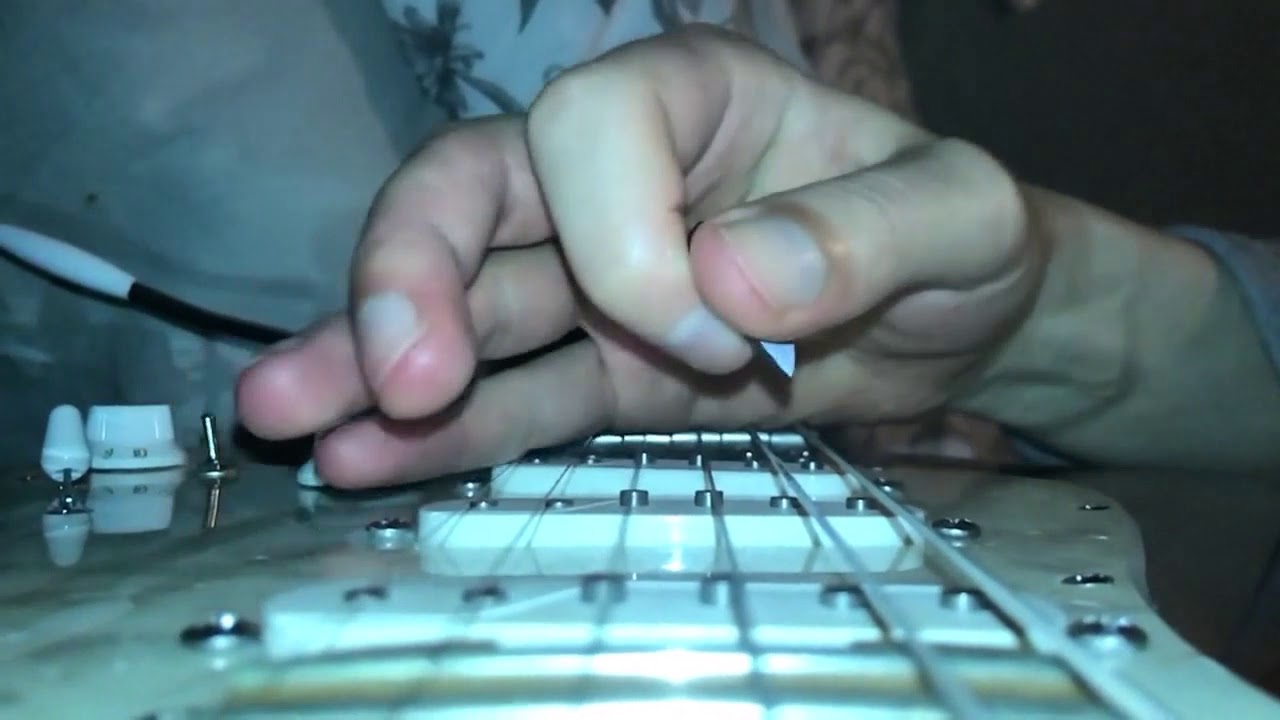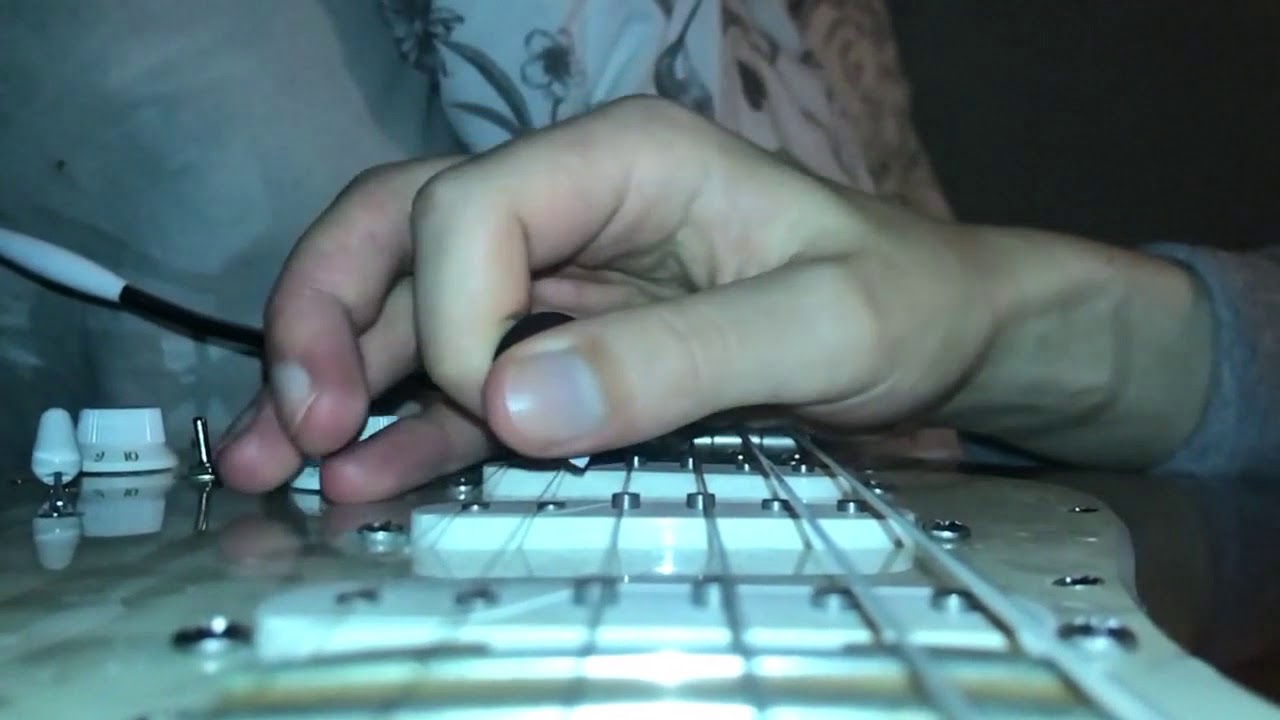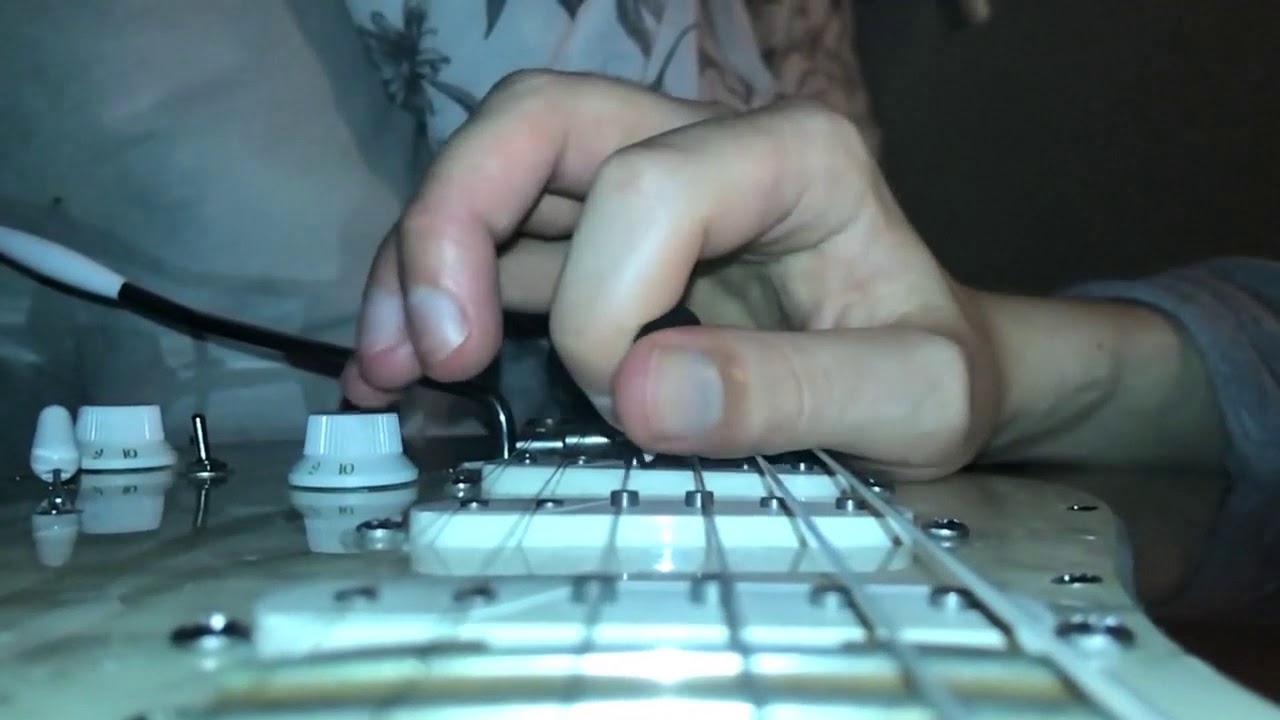I’ve been experimenting with different motions since the ‘Bulletproof Wrist Picking With USX Motion’ video came out five months ago, and the Wrist Motion Checklist a little after that, but I’ve yet to hit on a motion that can cleanly play fast and smooth on a single note, let alone move across strings. This is the fastest motion I’ve been able to do:
Magnet Perspective, 0.12x Speed
Magnet Perspective, Full Speed
Audience Perspective (+bonus Troy reflection)
Down The Strings Perspective
(Apologies for the low volume, the clips are straight from an iPhone.)
My main problem with this movement is that I can’t do it without my fingernails dragging across the strings. Aside from being rather uncomfortable, it also adds a lot of noise when playing with more gain, and I can’t play on the high E string because I’ve run out of strings to rest on. Any attempt to transition into picking without my nails planted on the strings, such as adding more wrist extension and increasing pick exposure as described in the wrist motion checklist, causes the motion to completely fall apart, it’s much slower and the pick catches on the string.
Any ideas on how to fix this? I’ve tried varying this motion to get my fingers away from the strings, as well as completely abandoning it and looking for a motion that doesn’t have that problem to begin with, but in all the hours I’ve spent experimenting with it, I haven’t hit on anything better.
Any help would be much appreciated.

(edit: added 2 more clips now that the limitation has been removed)





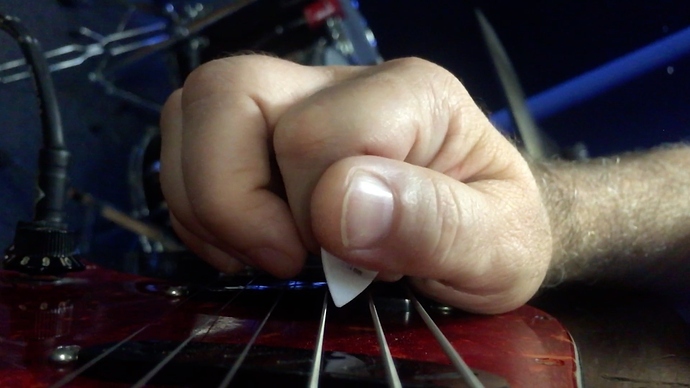
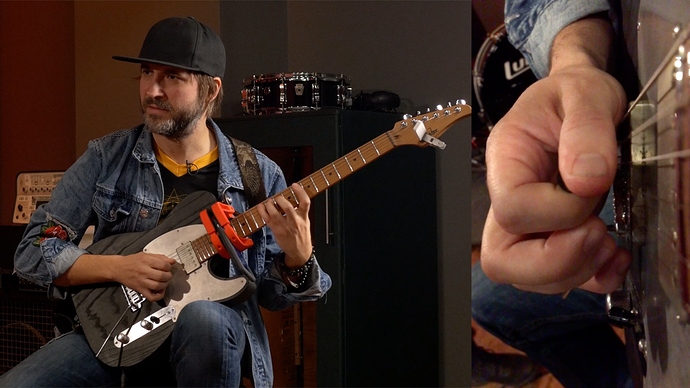

 Does not have to be a fast picking thing - is there anything that comes easy to you on the guitar and sounds pleasing to you?
Does not have to be a fast picking thing - is there anything that comes easy to you on the guitar and sounds pleasing to you?